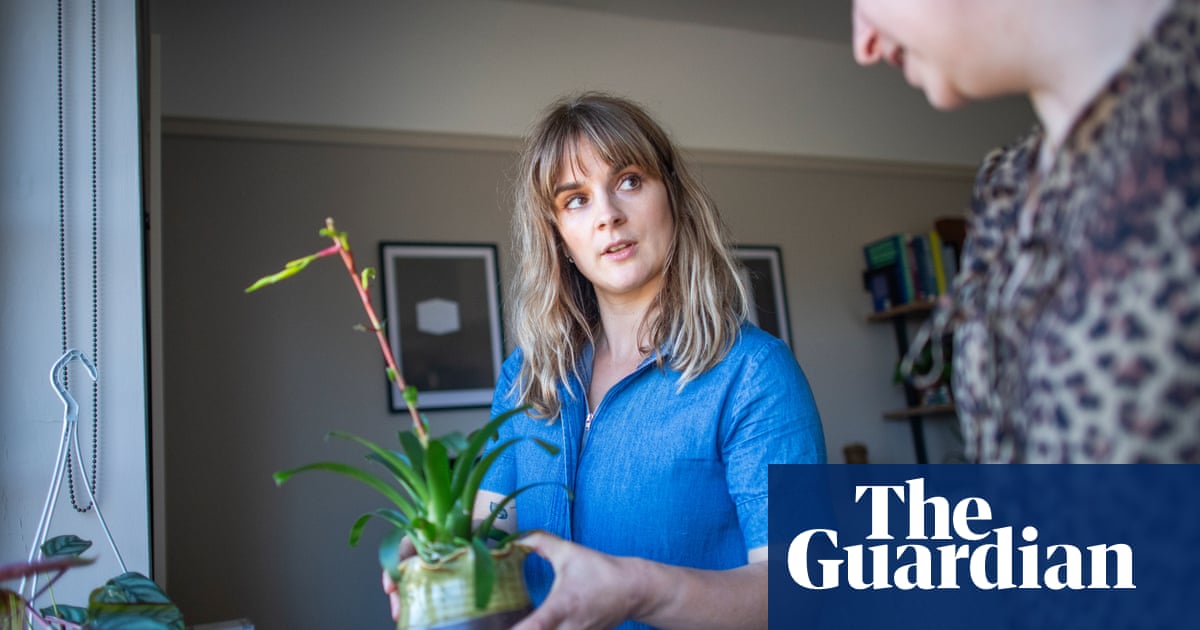Mumbai: A few nuggets stick out in Mirra Andreeva’s rousing run to the WTA Dubai Open final taking down Iga Swiatek on Thursday and Elena Rybakina on Friday: At 17, she is the youngest WTA 1000 finalist and the youngest to beat three Grand Slam champions in a single event since Maria Sharapova. She is also the first player aged under 18 that both Swiatek and Rybakina have lost to at the WTA level.

The takeaways: Andreeva is an outstanding talent. She is also an outlier in women’s tennis at the moment.
At world No.14, the Russian is the only teen in the top 100 of the WTA rankings. On the corresponding men’s side, the volume is thrice as much. What’s more telling is that between 100 and 200 in the WTA charts, there are 11 players aged 19 or below. It not only points to the increasing challenge for young female pros to break into the upper echelons but also the evolving nature of the women’s game.
“This area of 100-200 in the WTA,” says 19-year-old Alexandra Ela, the third-highest ranked teen at world No.139, “it’s really a jungle.”
That jungle would often be densely populated with fresh faces and teen trailblazers making giant breakthroughs. Women’s tennis in the past was a beehive of young sensations, thriving on the buzzing presence of the likes of Monica Seles, Jennifer Capriati, Martina Hingis, Steffi Graf, Maria Sharapova and Serena Williams, to name a few. Even in the last decade, teens Coco Gauff, Bianca Andreescu and Emma Raducanu, apart from Jelena Ostapenko who won the 2017 French Open days after turning 20, made a Slam dunk in taking the leap at the biggest stage.
For teen talents now, that leap is less sudden and more strenuous.
“The transition to women’s tennis can be quite challenging now,” says Linda Fruhvirtova, 19. “I’m still at an age where I have many areas to improve — the speed of my shots, physicality, serve.”
Linda, in a way, exemplifies the present teen tale. One half of the richly promising Czech siblings — she and her younger sister Brenda won back-to-back Les Petits As titles — Linda rocketed from the 300s to world No.77 after pocketing her maiden WTA title in Chennai in 2022. She made the Round of 16 of the Australian Open and scaled a career-high ranking of 49 in 2023, but is back in the “jungle” as the current world No.195.
Still “adapting” to the rigours of the pro tour, she singles out the strength of competition and physical game style as the key differentiators in the women’s game now.
“The girls around 200, the quality of their game is way better than it used to be years ago,” Linda says. “Plus, the game is becoming more physical. The older girls are more physical, maybe stronger than me. That’s what I’m working on. And that comes with time.”
Gauff, the teenaged US Open champion of 2023, alluded to this point; of the gulf “physically between a 15-year-old body to a 20-25-year-old” being wider in the modern game. It needed Andreeva “to go for my shots, to be aggressive” to earn her first win against Swiatek and Rybakina. Staying in rallies with older and stronger baseline power-hitters is increasingly a struggle for younger bodies. Especially as courts worldwide are generally getting slower.
“Earlier, the courts were faster,” Rebecca Marino, the former world No.38, says. “Courts and balls are a little bit slower now. So we’re seeing longer points.”
Marino, 34, had a relatively early start into the elite, breaking into the top 50 at 21. She returned to the top 100 in 2022 after a decade-long absence and is on the cusp of getting back there in her mid-thirties. The Canadian believes part of this changing narrative is also due to more female players being able to prolong their careers and play at a high level. Madison Keys, for instance, became a first-time Slam winner at 29.
“Players have a lot more longevity in their careers. It’s a fantastic trend,” Marino says.
“There are lot of women approaching the 30s, or past their 30s, in the top 100,” Alexandra, 19, says.
It only shows the likes of Alexandra that they have plenty of time and space in their development path. Even if, for now and with the lone exception of Andreeva, these teens are yet to hit the fast lane.
“Us gals are hanging around a bit longer,” Marino says. “We’re not giving them the chances. The top 100 becomes a lot more difficult to crack into.”









